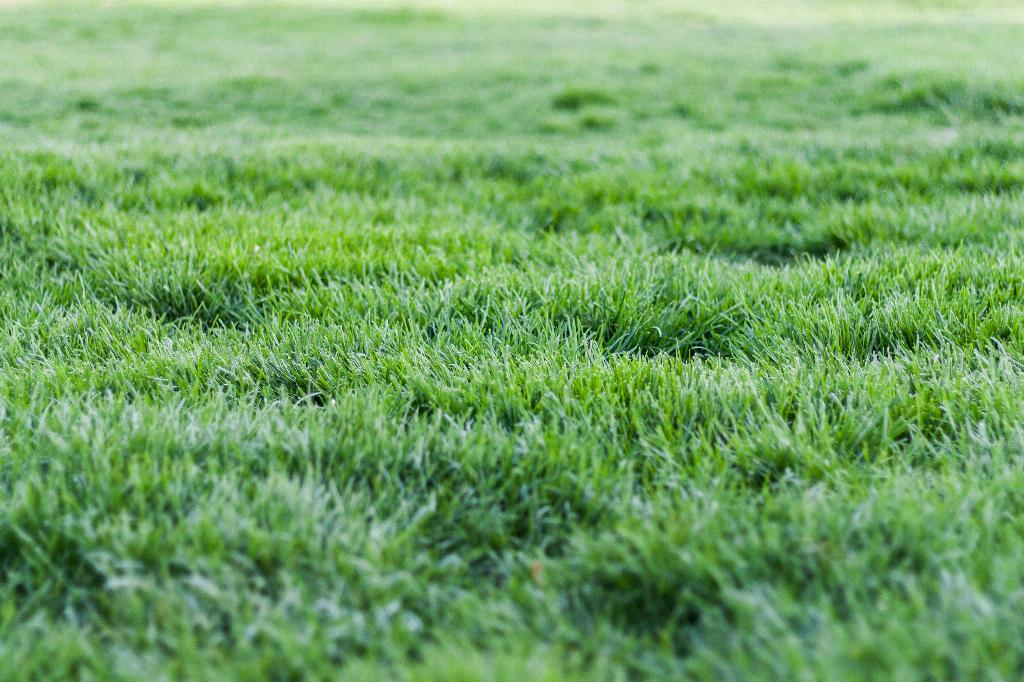Knowing when to dethatch your lawn in Ohio is crucial for maintaining a healthy and vibrant lawn throughout the year. Dethatching is the process of removing the layer of dead grass, roots, and debris that can build up on the surface of your lawn over time. This layer, known as thatch, can prevent water, air, and nutrients from reaching the soil, leading to a host of problems for your lawn. So, when is the best time to dethatch your lawn in Ohio?
For those with cool-season grasses like Kentucky bluegrass, the recommended time to dethatch is in late summer or early fall. This timing allows your lawn to recover from the stress of dethatching before the harsh winter months set in. Cool-season grasses in Ohio benefit from dethatching during this period to promote healthy growth in the following spring.
If you have warm-season grasses such as Bermudagrass or Zoysia grass in your Ohio lawn, the ideal time to dethatch is after the spring green-up, usually in early summer. This timing aligns with the peak growth period of warm-season grasses and ensures that your lawn can recover quickly from the dethatching process.
One crucial point to keep in mind is to avoid dethatching your lawn when it is dormant or stressed. Dethatching during these periods can do more harm than good, potentially causing irreparable damage to your lawn. It’s essential to assess the health and condition of your Ohio lawn before deciding on the best time to dethatch.
When considering the timing for dethatching your Ohio lawn, it’s also crucial to pay attention to the weather conditions. Ideally, you want to dethatch when the soil is adequately moist but not waterlogged. Dethatching on a dry soil can be challenging, while dethatching on overly wet soil can lead to soil compaction and other issues.
Another factor to consider when determining when to dethatch your Ohio lawn is the overall health and thickness of the thatch layer. If the thatch layer is thicker than half an inch, it may be time to consider dethatching. However, if the thatch layer is relatively thin, it’s best to monitor and wait for the right time to dethatch.
When preparing to dethatch your Ohio lawn, ensure that your lawn is healthy and actively growing. It’s advisable to mow your lawn slightly shorter than usual before dethatching to allow for better access to the thatch layer. Additionally, consider watering your lawn a day or two before dethatching to facilitate the process.
When it comes to the actual dethatching process, you can choose between using a dethatching rake or a power dethatcher. Both methods have their advantages, with a dethatching rake being more suitable for smaller areas and a power dethatcher being more efficient for larger lawns. Whichever method you choose, ensure that you dethatch in a methodical and consistent manner to avoid damaging your lawn.
After dethatching your Ohio lawn, it’s crucial to follow up with proper lawn care practices to help your lawn recover and thrive. This includes overseeding bare spots, fertilizing to promote new growth, and ensuring adequate watering and mowing practices. Proper post-dethatching care is essential for maximizing the benefits of dethatching.
In conclusion, the timing of dethatching your Ohio lawn plays a significant role in maintaining a lush and healthy lawn year-round. By understanding the best times to dethatch based on your grass type and local climate conditions, you can ensure that your lawn remains in top condition. Remember to assess the health of your lawn, consider the thickness of the thatch layer, and follow proper dethatching and post-care practices for optimal results.

